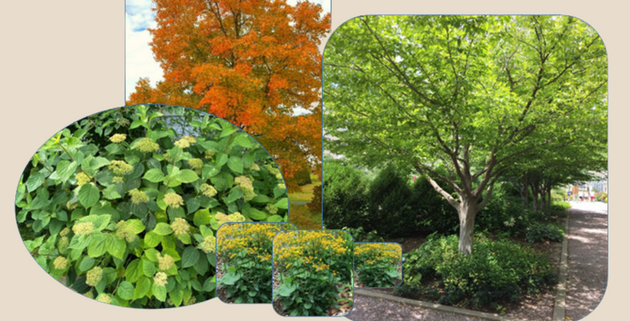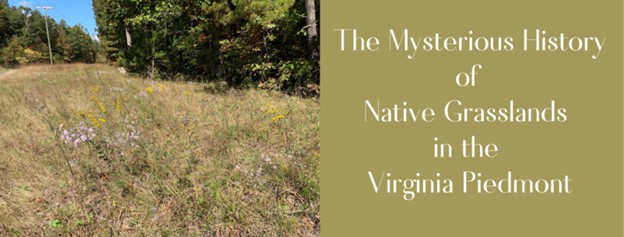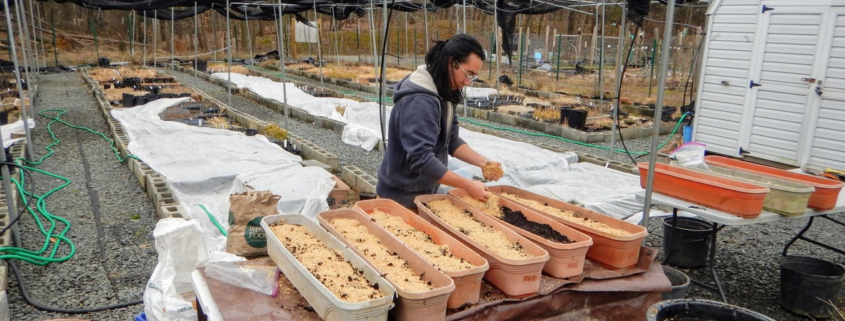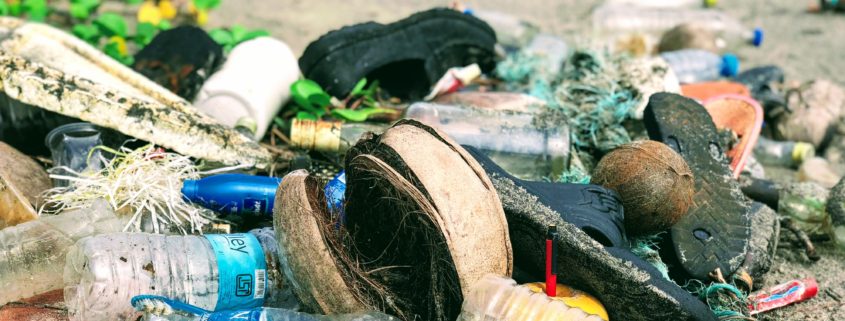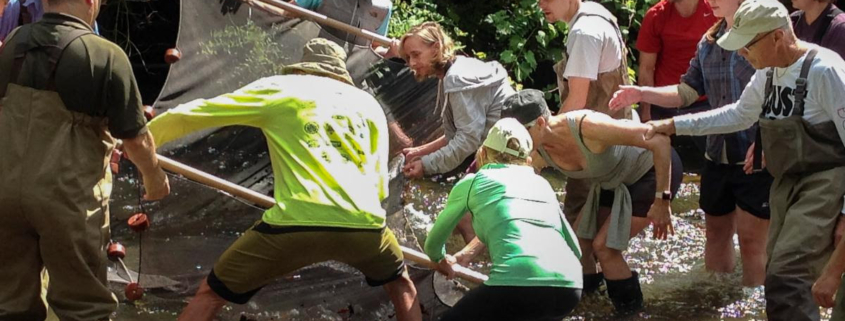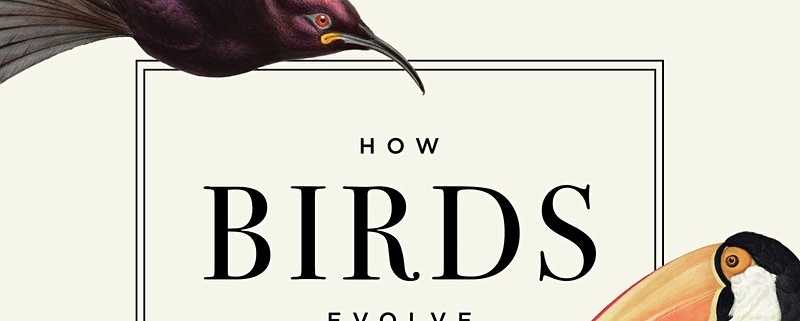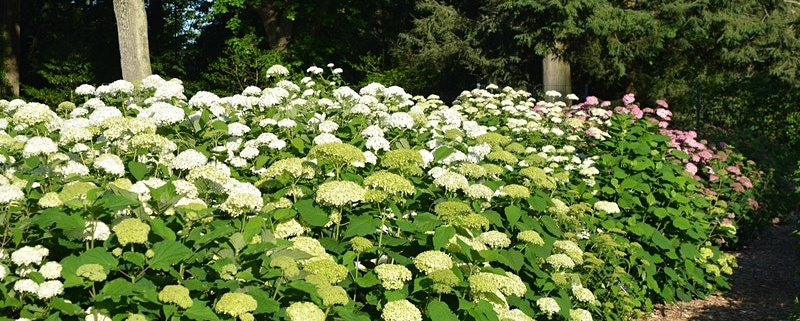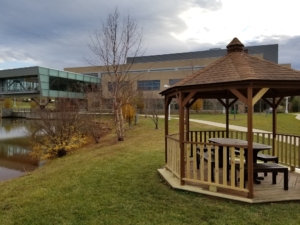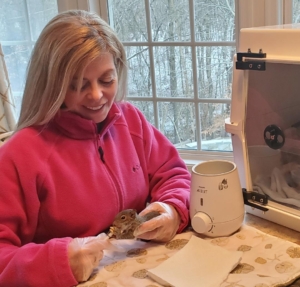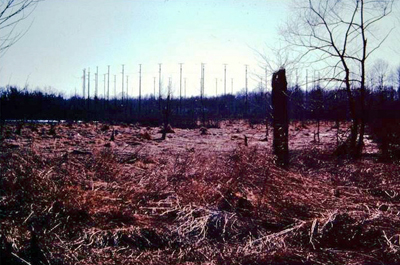Easy Plant Combinations for Your Yard
Photo courtesy of Plant NOVA Trees
Are you ready to brighten up your yard but not to spend hours researching plant choices? You may be a candidate for a native plant “package” that includes plants that thrive in similar landscape conditions. Grouping them together will quickly beautify your property while benefitting the local ecosystem.
Trees, shrubs and groundcovers are the backbone of any landscape and are in fact all that most people want to bother with. You can find combinations for nine common situations on the Plant NOVA Trees website. If, for example, the ground in your yard gets soggy at times, you might choose a Wet Areas package and include a Sweetgum tree for shade, American Hornbeam in the understory, and a couple Smooth Hydrangea shrubs. If you underplant them with Golden Ragwort, you will have an evergreen groundcover that has the added bonus of bright yellow flowers for two months in the spring. If you don’t have room for a canopy tree, choose the Small Space Combo instead and pair the Common Witch Hazel shrub with its November blooms with the shorter spring-flowering Virginia Sweetspire.
When practical, there is a great deal to be said for planting each member of a grouping at more or less the same time, minimizing root disturbance by installing the specimens when small. Whether planting all at once or in stages, though, the healthiest landscape is one that is densely planted with native species, healing the soil and providing food and shelter from the ground to the canopy for our local birds, fireflies, butterflies and other residents. Professional gardeners of course need to be adept at exactly matching plants to the microclimates within a landscape, but the rest of us can do quite well just using the obvious sun, soil and water conditions as our guide.
Those with a flower garden in their yard can speed up its evolution into a native paradise by choosing combinations that will result in blooms over the course of the season. In a sunny areas, if you are guided by the spring, summer and fall packages on the Plant NOVA Natives website, the result will be a stunning combination of well-behaved plants that will attract butterflies throughout the growing season. Suggestions for shady or wet areas are included, as are ornamental grasses. You can also find locations of garden centers that stock native plants.


